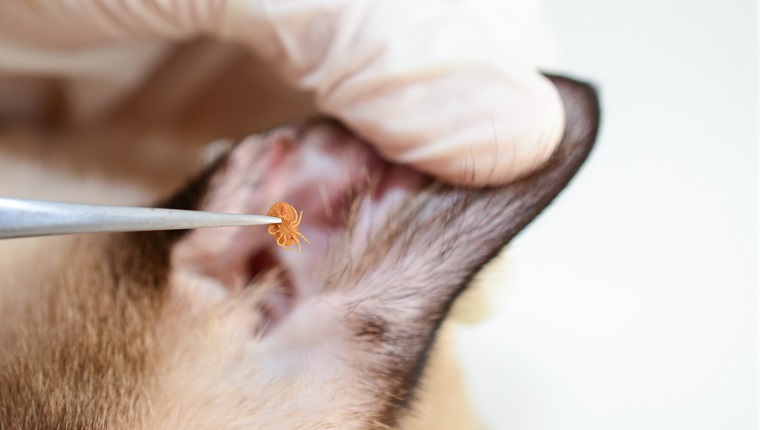Tick paralysis in cats is a medical condition that involves toxins present in the saliva of ticks causing a cat’s nervous system to react in a negative way. This reaction can result in a series of symptoms and, in some cases, paralysis.
The condition generally sets in around six to nine days after a tick attaches itself to a cat.
If you see…









